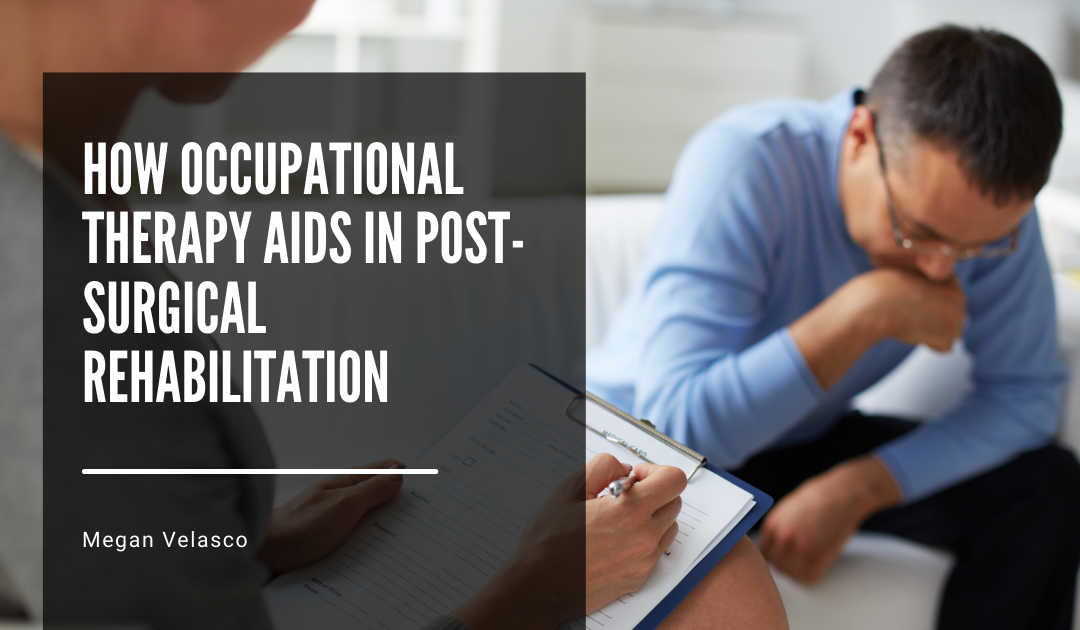Recovering from surgery can be a daunting process, often requiring individuals to rebuild their strength, mobility, and independence. Occupational therapy (OT) plays a critical role in post-surgical rehabilitation, helping patients navigate this journey with confidence and support. Through personalized interventions, occupational therapists enable individuals to regain their functional abilities and return to their daily lives.
Post-surgical rehabilitation often involves physical challenges such as limited range of motion, pain, or weakness. Occupational therapists work closely with patients to develop customized treatment plans that address these issues. They introduce exercises to improve strength, flexibility, and coordination, tailoring the intensity to the patient’s stage of recovery. For example, a patient recovering from shoulder surgery might engage in activities designed to restore mobility gradually while minimizing strain.
Beyond physical recovery, OT focuses on enabling patients to perform essential daily activities, or “occupations,” that may have become difficult after surgery. These activities could include dressing, grooming, cooking, or using transportation. Therapists provide adaptive techniques and tools, such as reachers, dressing aids, or ergonomic kitchen utensils, to make these tasks more manageable.
Pain management is a significant concern for many post-surgical patients, and occupational therapy offers solutions beyond medication. Therapists teach relaxation techniques, gentle stretches, and body mechanics to reduce discomfort and prevent further injury. These methods empower patients to take an active role in their recovery.
Occupational therapy also addresses the emotional and psychological aspects of post-surgical rehabilitation. The recovery process can be stressful, especially when patients face temporary or permanent changes in their abilities. Therapists provide emotional support and coping strategies, helping patients build resilience and maintain a positive outlook.
For patients recovering from orthopedic surgeries, such as joint replacements or spinal procedures, OT focuses on restoring mobility and functionality. Therapists assess the home and work environments to ensure they are safe and supportive. This might involve recommending grab bars, non-slip flooring, or specialized seating to reduce the risk of falls and promote independence.
Occupational therapy is equally valuable in recovery from surgeries affecting the upper extremities, such as hand or wrist procedures. Fine motor skills are often impaired in these cases, making tasks like writing or buttoning a shirt challenging. Therapists design targeted exercises to rebuild dexterity and strength, gradually restoring the patient’s ability to perform intricate tasks.
Patients recovering from cardiac or abdominal surgeries also benefit from OT interventions. These procedures often require lifestyle adjustments, such as managing fatigue or avoiding certain movements. Occupational therapists provide guidance on energy conservation techniques, pacing strategies, and safe ways to perform daily activities, ensuring a smooth transition back to normal life.
One of the hallmarks of OT in post-surgical rehabilitation is its focus on goal setting. Therapists collaborate with patients to identify their priorities, whether it’s returning to work, participating in hobbies, or regaining full independence. By setting achievable milestones, OT helps patients stay motivated and track their progress.
Collaboration with other healthcare professionals is another strength of occupational therapy in post-surgical care. Therapists often work alongside surgeons, physical therapists, and nurses to create comprehensive recovery plans. This interdisciplinary approach ensures that patients receive well-rounded support throughout their rehabilitation journey.
Occupational therapy transforms the post-surgical recovery process by addressing the physical, emotional, and functional aspects of healing. With its patient-centered approach, OT empowers individuals to overcome challenges, regain their independence, and return to the activities they value most. For those navigating the complexities of surgical recovery, occupational therapy serves as a beacon of hope and restoration.

